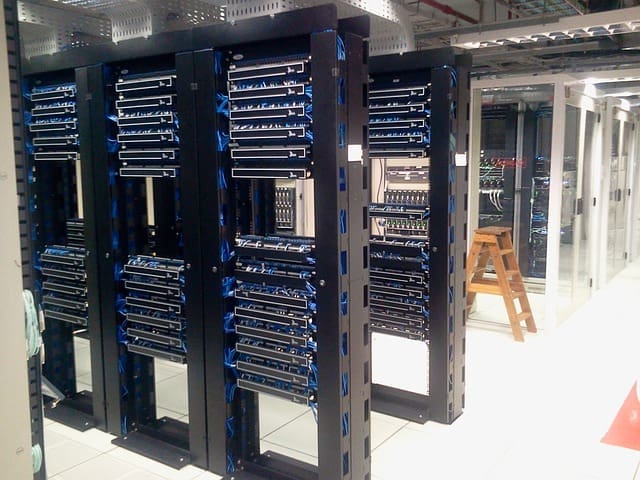Covid-19 had a massive impact on the business community, but forcing offices to close was the most resounding. Since business had to continue, organizations were forced to adopt a remote work plan.
However, having come at such short notice, remote working posed a great challenge to organizations that did not have the right technology in place. For instance, converting an entire office into a virtual workforce was a herculean task — many organizations that weren’t prepared had a lot to do to accomplish that. As a result, building a better IT infrastructure for remote work has become a target for many organizations worldwide.
Well-planned IT infrastructure can be a key factor in the continuity of an organization’s operations in unprecedented times, as witnessed during the Covid-19 pandemic. Let’s look at the challenges of building an IT infrastructure for your remote workers and why colocation hosting is the way to go.
Key Requirements
Putting the right technical infrastructure to provide secure access to organizational information and services for remote workers is critical. While things like Zoom, Google, and Microsoft Teams exist to facilitate these communications, many organizations still lack the key IT infrastructure required to support these technologies.
To successfully transition to remote working, organizations must check these requirements.
- Provision of access controls to manage employee’s access to the company’s data systems
- Sufficient network capacity to support all the remote employee traffic
- Access to critical systems must be secured using Multi-Factor-Authentication
- Work schedule policies should be relayed promptly for increased engagement
- Secure the procedures used in performing all business operations, such as collecting digital payments.
It is evident from these requirements that security, access, and efficiency should be at the core of developing any IT infrastructure needed to support remote work.
Technological Challenges
The importance of implementing a remote working workforce cannot be overemphasized. That said, having a dedicated IT infrastructure that can handle and manage remote operations cannot be achieved overnight. Some of the hurdles that you must overcome include:
- The need to secure sensitive data from leaving the company’s servers requires robust security
- The use of VPNs (Virtual Private Networks) to access office networks requires a lot of bandwidth
- Dedicated IT infrastructure requires serious budgeting.
Any organization that wishes to meet the requirements for remote working should be ready to invest in an IT infrastructure to overcome the challenges. With the right support and mindset, this is all possible.
Solution
How can organizations ensure that they have the right IT infrastructure to support sound and stable remote working? Here are some tips to get you there.
Distributed Cloud-Based Systems
Over the years, on-site servers have given way to cloud-based solutions. These distributed cloud-based systems provide organizations with cost-effective solutions that guarantee uptime and speed for their servers.
This nimble approach is accessible and has helped many companies to go virtual by offering key features such as:
- Improved scalability, efficiency, and availability
- Saving overhead and cost by ensuring that you only pay a subscription on a need-to basis
- Increased productivity and flexibility
The overall resiliency with hosting your servers on the cloud will ensure your remote workers encounter minimal disruptions due to the limited risk of downtime or system failures.
Datacenter colocation

When preparing for remote work, one of the key things to consider is the location of your servers. With no one left in the office, you wouldn’t want your servers to remain unattended — hence the need to consider a colocation data center. These data centers are designed to provide server security and maintenance.
Colocation data centers allow you to rent a space within their premises specially designed with security, bandwidth, high-speed connectivity, cooling, and maintenance features to ensure servers operate at maximum efficiency.
You can pay for as much bandwidth as you feel necessary to support all virtual private network connections to your organization’s servers by your remote workers. The ease with which colocation data centers can customize resources makes it highly preferable to cloud-based solutions. Additionally, robust physical frameworks that limit physical access to the colo servers make this an attractive solution.
The cost of renting out space at these centers is also largely affordable. Moreover, data centers such as Safe Hosts make it an ideal option for many organizations looking for flexible colocation hosting, connectivity, and hosting in the UK and internationally.
Conclusion
A digital transformation that supports remote work is critical in remaining resilient during uncertain times. Businesses can avoid the high cost of on-prem IT infrastructure by looking into cloud-based systems or colocation data centers as possible solutions to meeting this need. Both solutions guarantee security, speed, and the required to support remote working with varying degrees of efficiency.
Featured Image by gomiche from Pixabay




